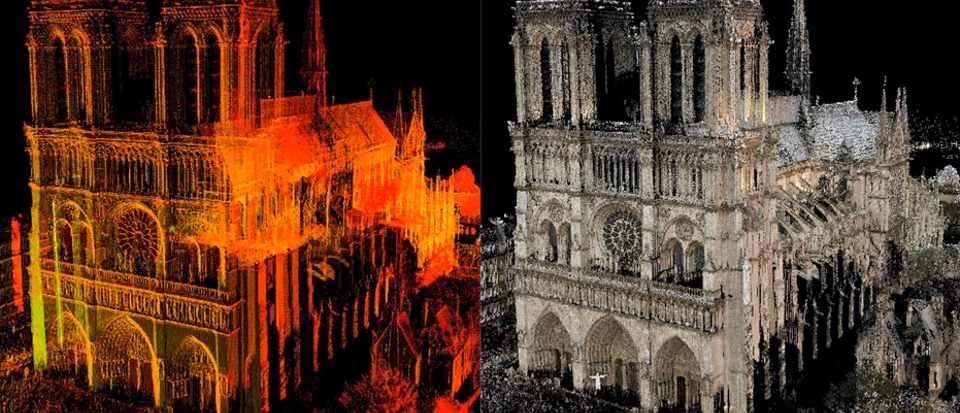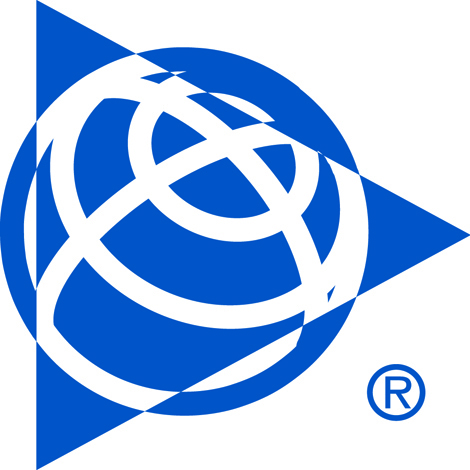
On April 15th, 2019 the tragic fire at Notre Dame in Paris caused devastating damage to the famous 856-year-old cathedral. It’s a terrible loss to the cultural heritage of France and the entire world.
As France prepares to reconstruct the cathedral, the eyes of the entire world are looking in the direction of 3D laser scans of the building created back in 2015 by (now deceased) architectural historian, Andrew Tallon. The news, that this fascinating technology and it’s jaw-dropping 3D point clouds, will be most likely used for the potential reconstruction of Notre Dame has been mentioned in hundreds of newspapers, portals and blogs around the world.
None of the dozens of articles I’ve read says the obvious truth, that Light Detection and Ranging technology has been around for a few decades and instant scanning of complex structures is what it was made for. In fact, I’ve been doing an exercise of 3D mapping of the historic building interior at university as part of my land surveying classes nearly 15 years ago.
What strikes me is that the world has been very lucky to have enthusiasts such as Andrew Tallon (who was one of the initiators of Mapping Gotic France project), or Ben and Barbara Kacyra who founded non-profit organization CyArk. Disasters happen. Fires, floods, earthquakes, extremists blowing up ancient treasures… Without passion and effort of these people, the exact reconstruction of Notre Dame might have been much harder or impossible. Imagine how many historic sites have been lost forever…
https://www.youtube.com/watch?v=-bg3uclgAmE
As laser scanning plays a crucial role in the capture of 3D data critical to the preservation of historically important works of architecture and archaeology, why is the adoption of the technology still so low? Why LiDAR-based techniques and workflows aren’t pushed jointly by the academic communities in the history, architecture, archaeology and geodesy space? Why isn’t it widely funded by governments in the developed countries? Why isn’t it promoted or even required by UNESCO?
I hope that policy and decision makers had at least a slight concern when reading about Notre Dame fire… “Do our cathedrals have 3D scans available in the case of a similar accident?”. Perhaps this tragedy will be a key milestone in the acceleration of the adoption of laser scanning of historic architecture…






